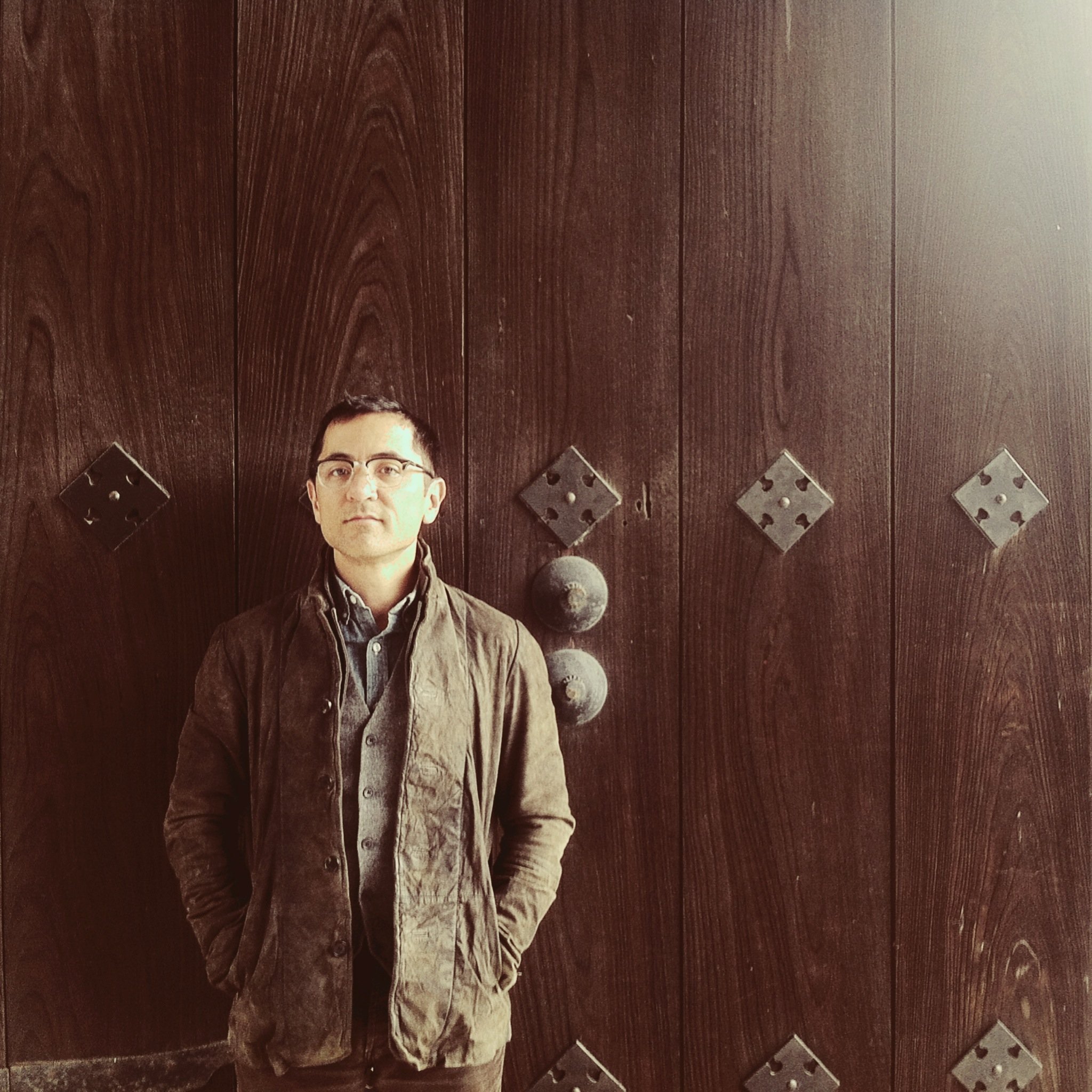Taking a Name
When it comes to making a living as an artist, revenue streams can be inconsistent to put it mildly. Historically, while we as musicians may enjoy live performance, teaching has been the bread and butter of the average “working musician.” I say average because Taylor Swift, for instance, is technically a working musician but something tells me she’s not teaching music lessons between gigs due to food insecurity. But in the shakuhachi world, teaching reigns as the the musician’s staple, which has been the case for centuries.
Kodo III with a student
Shakuhachi has perpetuated the student/teacher/master structure referred to as the iemoto (家元) system, and the practice of natori (名取). The ie in iemoto means “house,” (in this case, not in the four-walls-and-a-roof-sense, but more of the Dune / Game of Thrones -sense); iemoto is like headmaster. Natori literally translates to “taking a name,” and is a kind of accreditation—the act of rewarding a student’s progress by bestowing a professional name. Students of the Kodo music guild take -do (童) from Kodo (古童); some notable examples being Miura Kindo (三浦 琴童) and Momose Hodo (百瀨芳童).
The player earns their shihan which is essentially a license to teach under the aegis of one’s school—which is the ryu (流) or sometimes ha (派). The license, called a menkyo (免許) can only come from headmaster (the iemoto), and hopefully is based on their understanding of the craft and respect for the house. In the old days, more than the actual lesson fees, this was where an iemoto made hay. By far.
(There’s an excellent piece here by Waseda Minako that explains the iemoto apparatus more thoroughly that you should totally read.)
It’s a bit like karate. You know, belts and all that. Once you get your shakuhachi black belt (shihan), you can teach—that kind of deal, and it’s a deal that was fairly lucrative for the iemoto. In the old world, if a shihan decides to teach, they continue to pay the iemoto a percentage of their earnings from teaching. But a shihan cannot—or at least should not—issue more shihan. If they believe one of their students has earned a shihan, they essentially broker one from their iemoto for a commission. It is the ugly nexus between Feudalism and Capitalism.
At least that’s how it went in the old days.
The old rules don’t preclude people in the modern shakuhachi landscape from issuing shihan, even if they’re not really in a position to do so. Even in Japan, the process is becoming less and less strict and rules are bent all the time to accommodate—and hopefully attract—younger (and I would say especially) non-Japanese students. In some parts of the Western world, the actual architecture of the iemoto system is being ignored outright, which may be a natural evolution, but it comes at a tremendous cost to the bearers of tradition. I don’t mean the financial cost although that’s not insignificant; the cost to the musical traditions of a house are far more grave.
my aunt Tsukimi with the great Fukuda Eika
Because with every degree of separation from the original masters, the fabric of this tradition loses some of it’s structural integrity. While there were unquestionable financial gains for iemoto in the form of emoluments from their shihan, it ostensibly served to assure that teaching was being handled by artists who were capable of upholding said tradition. Once an artist decides to go their own way, and the direct link to the tradition is lost, it begins to degrade with every successive iteration.
The knee-jerk reaction to this opinion is how is a tradition supposed to survive if it can’t evolve? Isn’t it just aping? Not to me. I may sound virtually identical to my father to the casual listener; perhaps only he and I would be truly aware of where my artistic expression has diverged from his. This was achieved over multiple decades of his guidance that honed my technique, building the foundation of the player that I am now. Most importantly, I’m aware of where my playing has diverged from his, and that it was done consciously only after mastering the style.
I have issued two shihan, and I have named a successor who has taken my name Araki Baikyoku V. I gave names to two students not because they asked for them or because they paid for them, but because I was moved by their commitment to Kinko-ryu, and specifically to my family’s style of shakuhachi—the Araki-ha.
These days, there’s nothing to stop you from earning a shihan and then striking out on your own, separate from the school that gave you your name and subsequently charging your students for a shihan. One might even prominently mention the lineage that granted them this honor, but when the iemoto system and its relevant lineage is ignored, it renders a shihan moot. I understand wanting the best of both worlds but it sets up a dynamic where the entire meaning of a shihan is lost. If everyone is special, no one is. And maybe that’s the idea.
More anon,
Hanz

